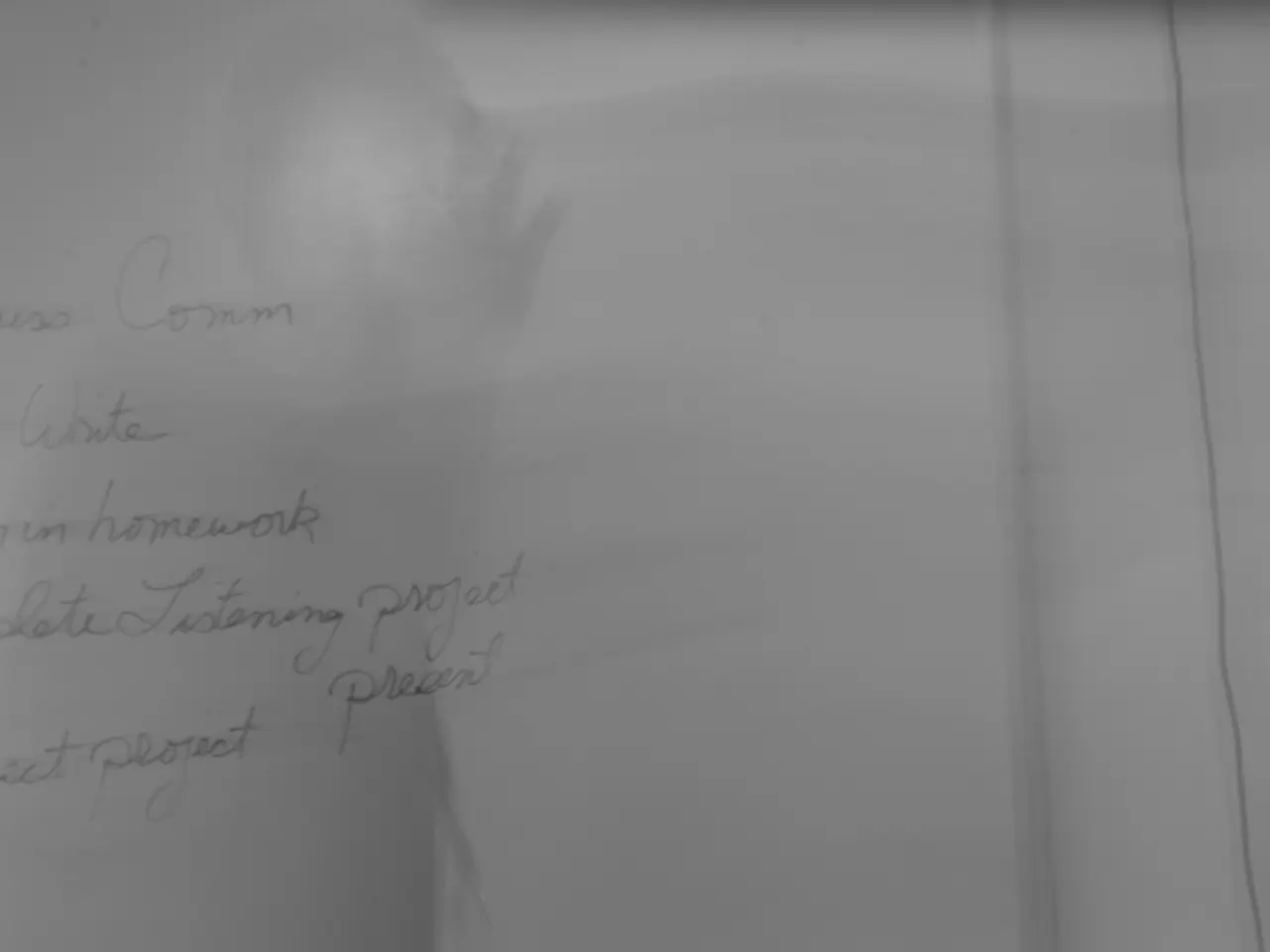Examination of Retirement Benefits: The Fraudulent Pension Narrative - Proposals from the Commission have already been put forward.
The Haltelinie, a legally guaranteed pension benefit level in Germany, is a significant aspect of the pension system. Currently set at 48% of a retiree's net income during their working life, it aims to provide stability for retirees amidst demographic and economic challenges [1]. However, the implications of maintaining this Haltelinie for younger generations are causing growing concern.
Firstly, the financial burden is set to increase. Contributions to the pension system will rise, for instance, from the current 18.6% to more than 22% by 2035 [2]. This means that both younger workers and their employers will pay more to finance the pensions of current and future retirees under this stable pension level.
Secondly, the Haltelinie raises intergenerational equity concerns. Economic analysts, including the ifo-Institut, warn that maintaining the Haltelinie without reform could lead to rising federal subsidy costs and higher pension insurance contributions, potentially reaching 22% by 2050 [3]. This could impose an unbearable financial strain on younger generations, as they bear the brunt of supporting an aging population with longer life expectancies.
Proposed reforms suggest alternatives such as reintroducing a sustainability factor and adjusting retirement age according to life expectancy. These ideas aim to balance fairness across generations by preventing disproportional burdens on younger workers while ensuring pension system sustainability [3].
Despite these concerns, the German government has passed a pension legislative package that costs billions of euros. The Labor Minister, Barbara Bas (SPD), claims the pension remains stable and fair, but critics argue that the system is neither [4]. The state currently spends around 29% of the entire federal budget on the pension fund, and this is expected to increase to 35% in the future [5].
In conclusion, the Haltelinie, while providing security for current retirees, increases the financial burdens on younger generations through higher contribution rates and greater public subsidies. The debate surrounding the sustainability and fairness of the pension system in the face of demographic changes continues.
- The rising contribution rates to finance the Haltelinie, currently set at 18.6% and projected to reach more than 22% by 2035, are a concern for younger workers and employers, as they may impact the finance aspect of businesses.
- The maintenance of the Haltelinie without reform could lead to increased federal subsidy costs and higher pension insurance contributions, potentially burdening the business and politics sector with intergenerational equity concerns.





